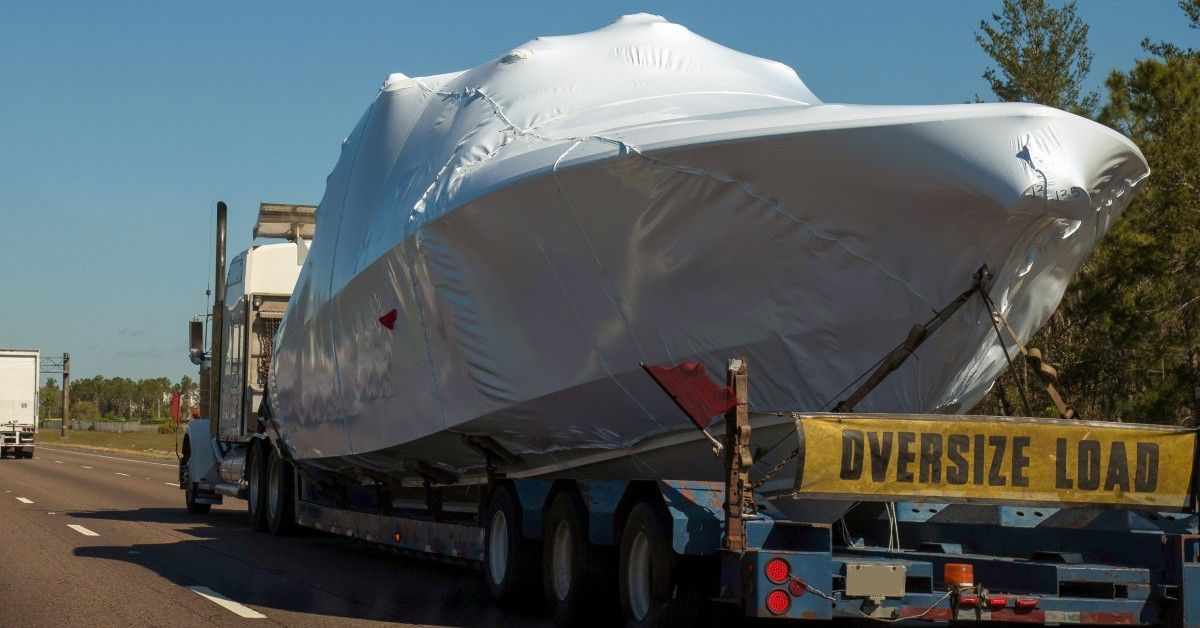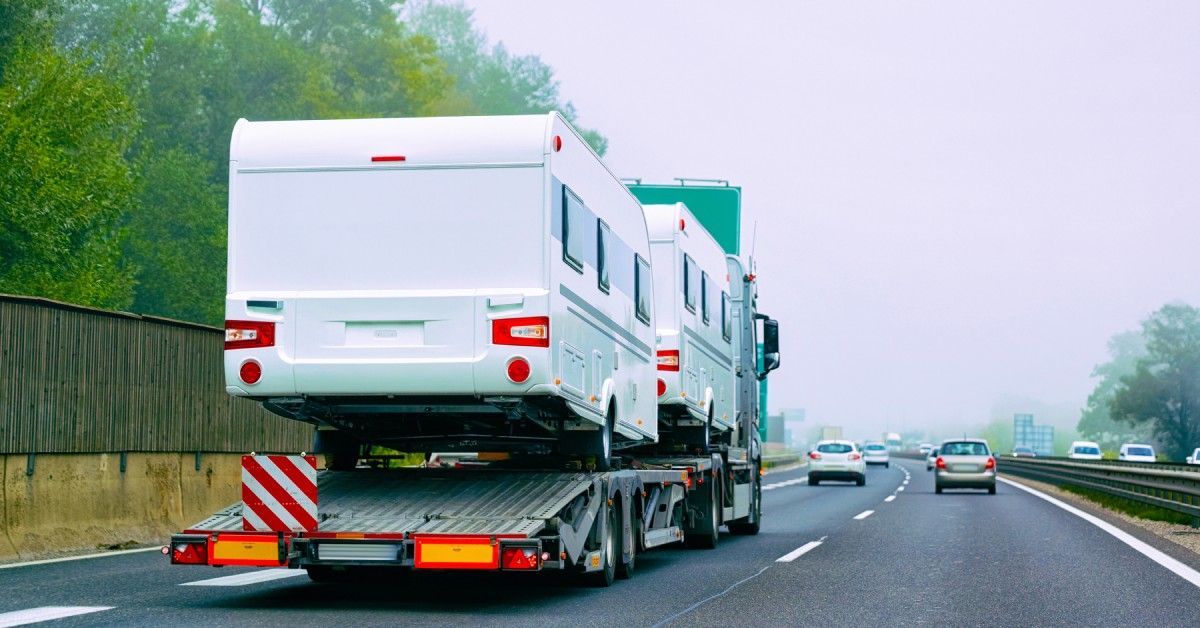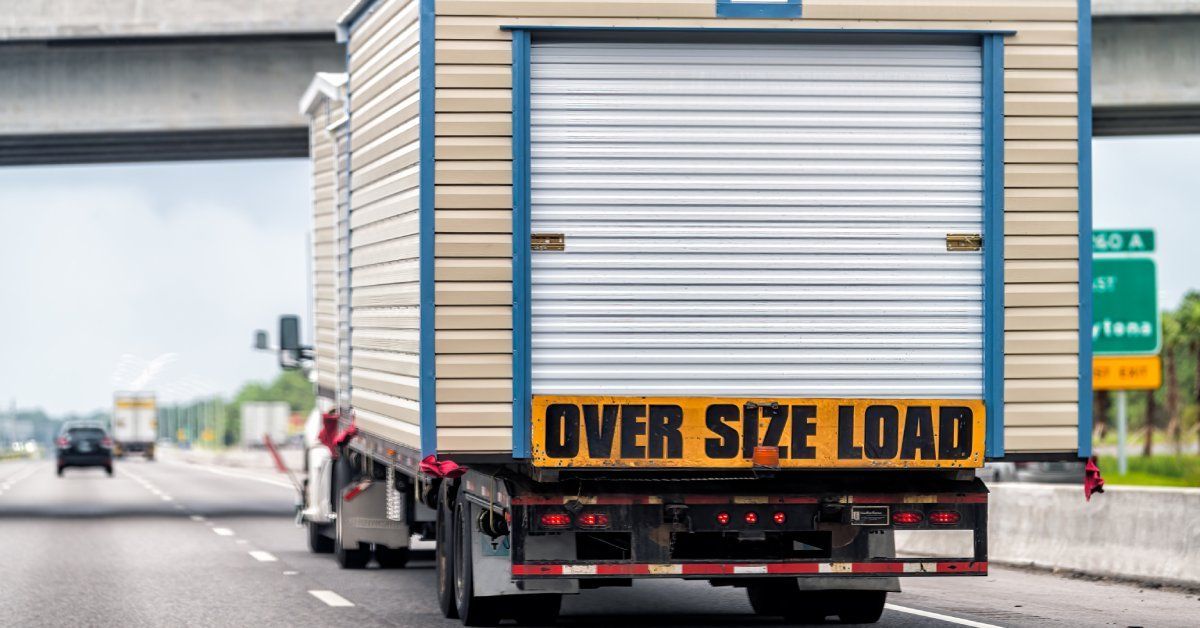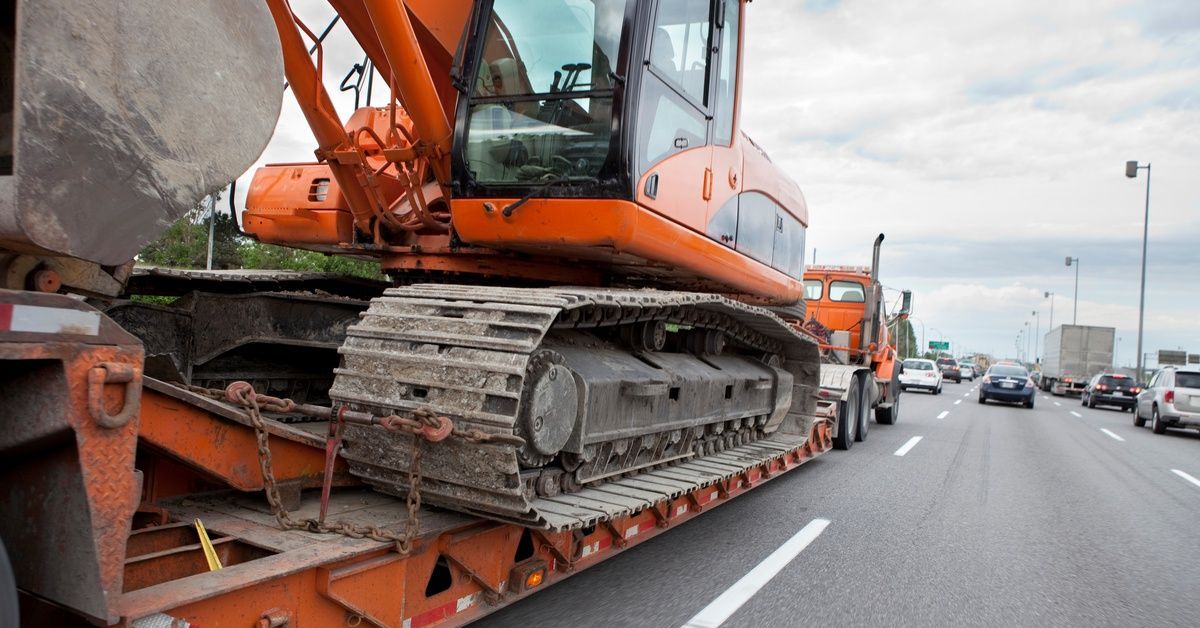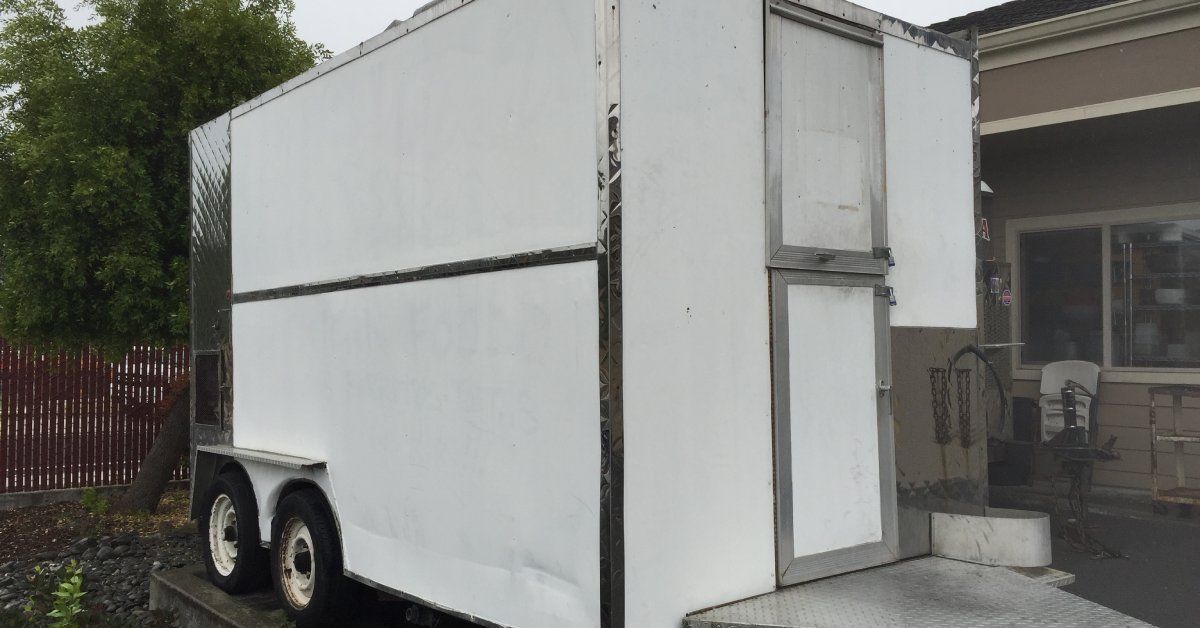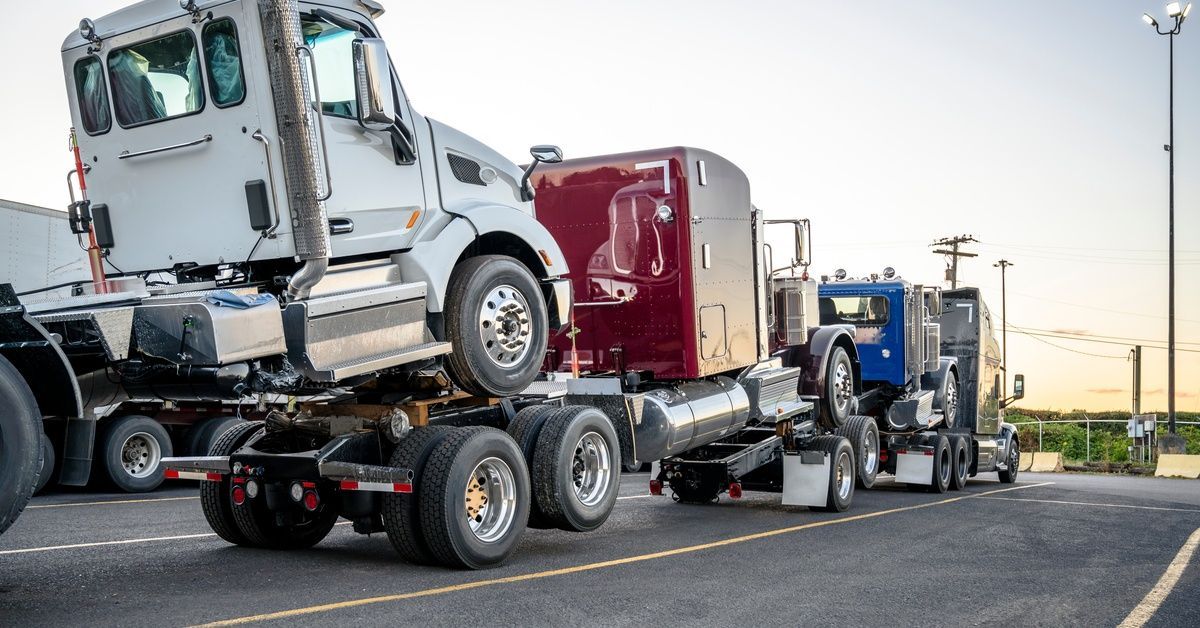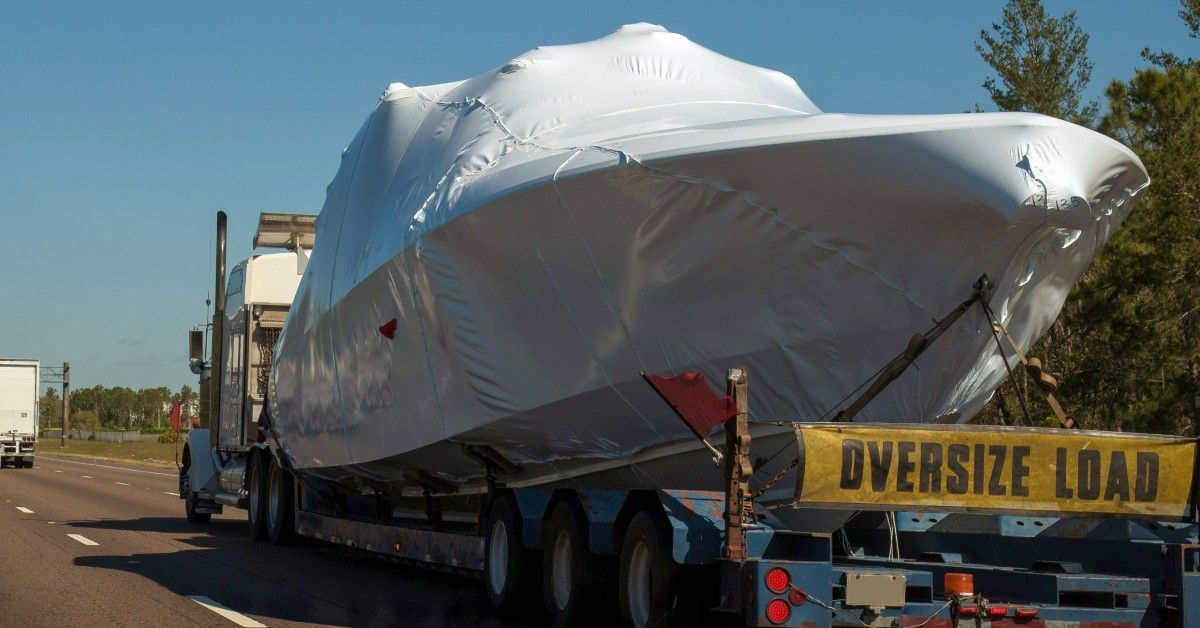Types of Recreational Vehicles, Explained
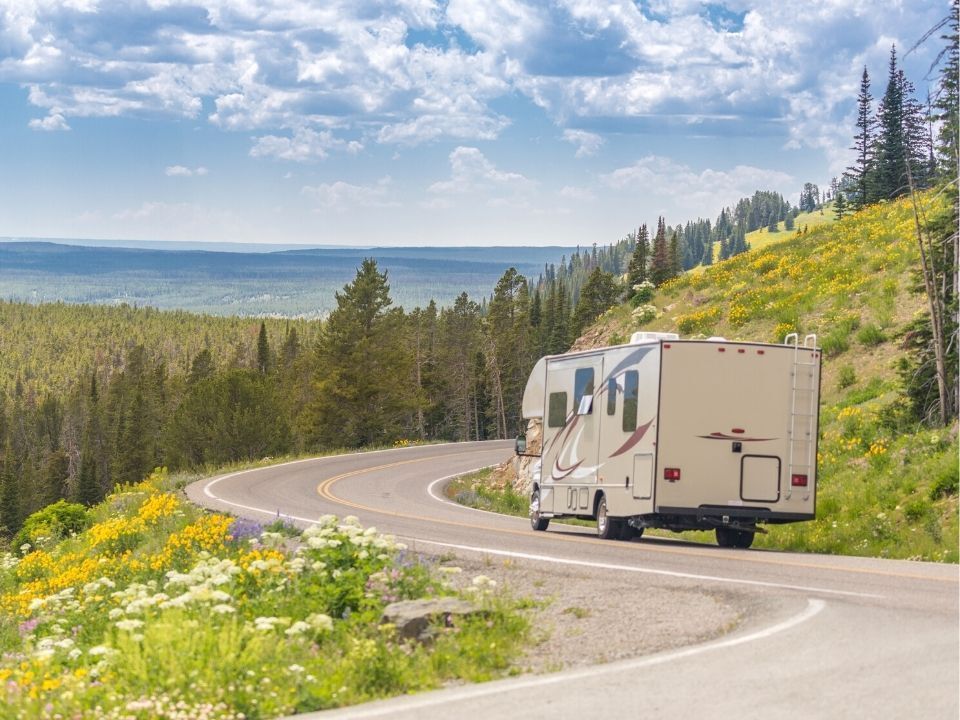
There are various types of recreational vehicles. If you’re wondering about them, read on for the types of recreational vehicles, explained. We’ll look at the different classes to help you become more knowledgeable on the subject.
What Is Considered an RV?
People often use the terms “RV” (recreational vehicle) and “motor home” interchangeably. However, “RV” is a technical term, while “motor home” is a generic term that people often use to describe various RVs. All motor homes are RVs, but not all RVs are motorhomes.
Class A Motor Homes
Class A motor homes are the largest of all RVs. Manufacturers build these beasts with truck, commercial bus, or motor home chassis. They come with roomy interiors and lots of storage space. What they lack in fuel economy, they make up for with luxury.
These large motor homes can house two to eight or more people. They come with singular bedrooms and fold-down beds to accommodate everyone. They also have a towing capacity of upwards of 5,000 pounds.
Class B Motor Homes
Also known as camper vans, Class B motor homes resemble oversized vans. They come with all the amenities, including kitchens, living rooms, and a bathroom. Class B motor homes typically don’t have slide-outs. However, they offer loads of space on the inside.
An appealing aspect of the Class B motor home is its price point—it’s usually the least expensive of the three classes. Another selling point is the fuel economy; plus, it’s easy to drive, and there’s no need to worry about parking due to its size. There’s limited storage space, but it’s more economical.
Class C Motor Homes
If you’re looking for a Class A and Class B hybrid, then Class C is what you’ll want. Manufacturers build them with cabin chassis, and you can easily recognize their over-cab sleeping spaces. These areas allow for additional space in the living room. Class C motor homes can comfortably house four to eight individuals, depending on size and brand. They’re semieconomic options, with gas mileage somewhere between Class A and Class B. They can also tow small vehicles.
Take the time to look over your options and refer to this blog when you need the types of recreational vehicles explained. When the time comes to store your RV, contact One Call Logistics. We offer RV trailer transport services and more.



